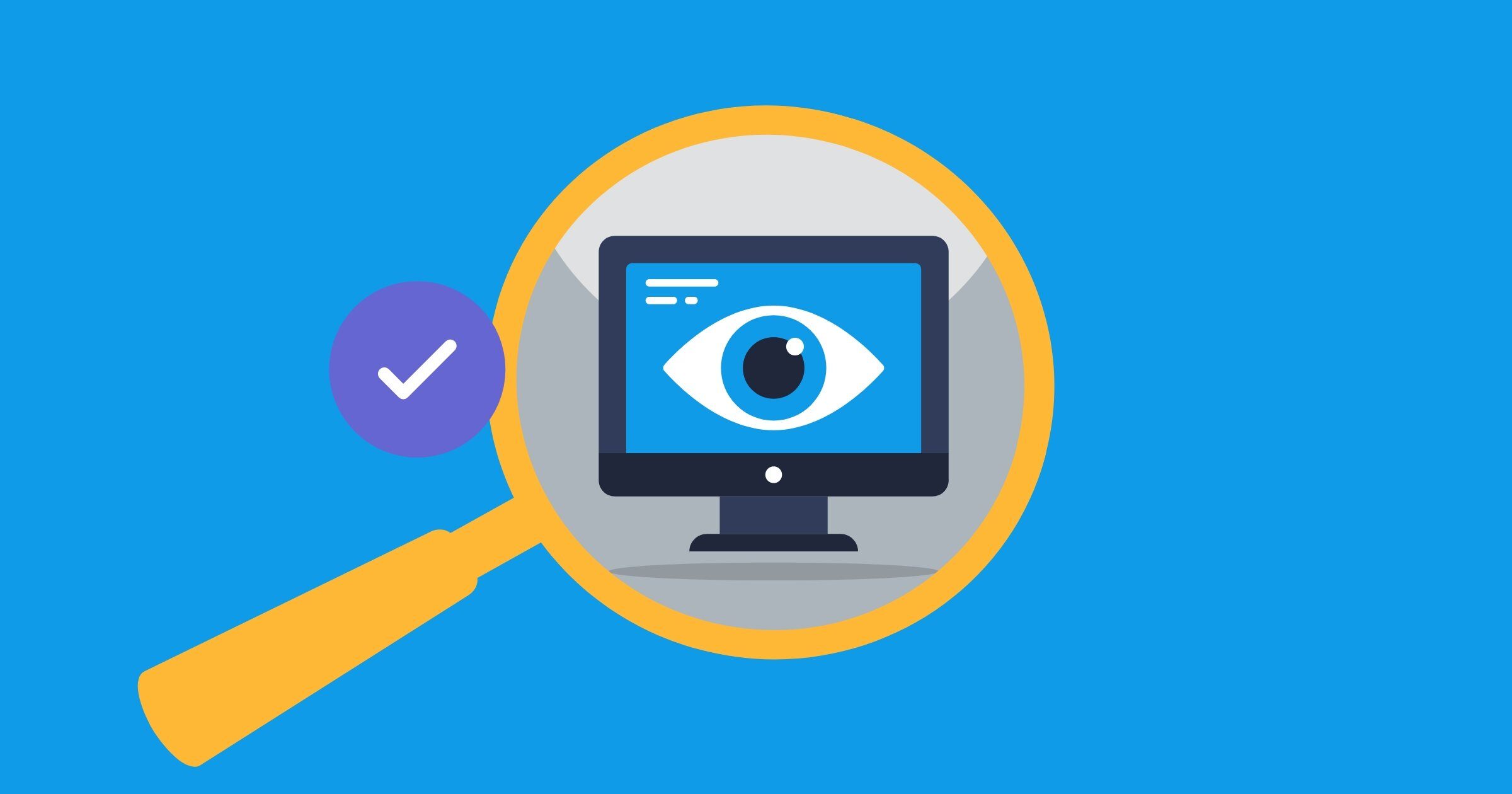Just like New York City is known as the city that never sleeps, neither does third-party risk. In today’s fast-paced business world, a vendor’s risk can change in an instant from things like data breaches, regulatory actions, or even an unflattering news article.
Continuous monitoring is an effective practice that can keep you informed of your vendors’ risk, which allows you to act quickly and focus on the activities that matter most.
Why Continuous Monitoring Is Needed: 4 Examples
The need for continuously monitoring your third-party vendors goes far beyond protecting against data breaches and other cybersecurity incidents. Here are some examples of third-party risks that can occur without a regular practice of continuous monitoring:
- Compliance – A credit card organization outsources its call center customer service to a third-party vendor. Unbeknownst to the organization, employees at the call center have been engaging in misleading and deceptive behaviors that pressure consumers into add-on products and services. Regulators discover these activities, and the credit card organization is issued an enforcement action for violating the Dodd-Frank Wall Street Reform and Consumer Protection Act. Although the call center was the one engaging in these violations, the credit card organization is at fault for non-compliance.
- Reputation – An online retailer uses different vendors to manufacture its clothing but fails to monitor them on a continuous basis. Over time, one of the vendors begins facing accusations of poor working conditions, such as unfair wages and a lack of proper safety equipment. The retailer’s reputation takes a significant downturn after customers learn about these accusations and voice their disapproval.
- Financial – An organization has a vendor that provides customer relationship management (CRM) software. Without continuous monitoring, the organization doesn’t realize that its vendor has been losing customers over several months, causing its revenue to plummet by 50%. This decrease in revenue leads to a staff reduction of 10%, which causes the vendor to begin missing its contractual service level agreements (SLAs). This situation is often referred to as a “domino effect” where one event leads to another and can potentially lead to an overall collapse of an organization’s operations.
- Operational – A healthcare organization uses an outsourced data center to store electronic patient information but hasn’t been continuously monitoring certain activities. The data center is in an area that’s prone to natural disasters and it hasn’t tested its business continuity (BC) plan in over two years. Since the healthcare organization failed to monitor this vendor, it didn’t realize that its BC plan was flawed. After a serious weather-related event, the organization couldn’t access its data for an extended period.
The Benefits of Continuous Monitoring
In each of the scenarios above, continuous monitoring would’ve helped identify the issues and mitigate the risks before they became larger problems. Implementing a practice of continuous monitoring will offer the following benefits:
- Real-time data – Vendor risk can evolve over time, and it can be helpful to collect different types of data for comparison and review. Point-in-time snapshots can be valuable to compare two separate vendors, while continuous monitoring allows you to see a single vendor’s risk over time.
- A more focused approach – Know exactly where to focus your attention so your time and resources are spent efficiently.
- Insight into the vendor’s value – Ensure that your vendor relationship continues to bring value to your organization and that they’re meeting the standards you’ve outlined for them in the vendor contract.
- Avoidance of costly surprises – Regulatory violations, cyber breaches, and instability in your vendor’s operations are just a few of surprises you can quickly identify and address with continuous monitoring.

How to Use Continuous Monitoring: 4 Potential Next Steps
Monitoring third-party risk continuously is an essential step, but the work doesn’t stop there. Depending on the information you discover while monitoring your vendors, you may need to take one or more of the following actions:
- Open a formal issue. Every third-party risk management (TPRM) program should include an issue management strategy with details on how to identify, document, escalate, and resolve issues.
- Report to senior management and/or the board. Continuous monitoring may reveal just a one-time incident or an ongoing trend that should be immediately reported to senior leadership.
- Review your contract. Monitoring vendor risk and managing your contract should both be continuous activities. Certain risk data might require a contract review to ensure that your vendor is meeting its obligations.
- Consider additional due diligence. Elevated risk can help guide your due diligence activities by showing you where to focus your efforts, whether that means more frequent reviews or additional documentation.
Continuous monitoring might seem like an overwhelming task when you consider all the different vendors in your inventory and the risk types they pose to your organization. Consider how you can streamline the process with additional tools like risk monitoring services. With the right strategy, you’ll be better prepared to identify and manage third-party risk in real-time.





.gif?width=1920&name=Sample-Graphic-Animation%20(1).gif)



